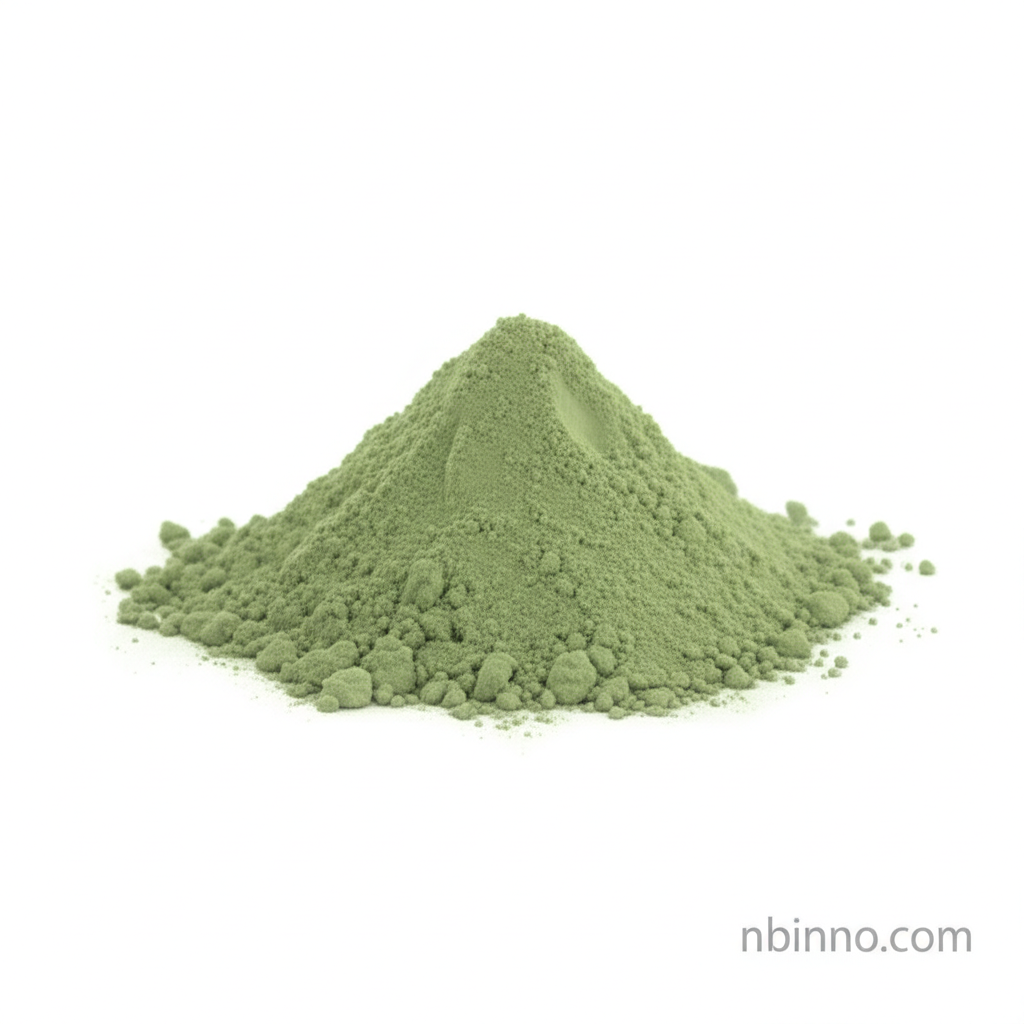Nickel Carbonate: A Key Industrial Chemical
Explore the essential properties, wide-ranging applications, and industrial significance of Nickel Carbonate.
Get a Quote & SampleProduct Core Value

Nickel Carbonate
Nickel Carbonate, identified by CAS 3333-67-3, is a vital inorganic compound widely recognized for its applications across various industrial sectors. This pale green powder serves as a crucial component in numerous chemical processes, from enhancing the durability of plated surfaces to catalyzing complex reactions.
- As a precursor for catalysts, nickel carbonate plays a significant role in enabling efficient chemical reactions in industries like petrochemicals.
- The compound is extensively used in electroplating, contributing to brighter and more durable finishes on metal components, a key aspect of 'electroplating applications'.
- Leveraging its pigment properties, nickel carbonate is instrumental in the manufacturing of various pigments and coloring agents for ceramics and glass.
- Understanding the 'nickel carbonate chemical properties' is crucial for optimizing its use in applications such as battery production and wastewater treatment.
Advantages of Nickel Carbonate
Versatile Applications
The broad spectrum of uses for nickel carbonate, from 'electroplating applications' to its role as a 'catalyst precursor', underscores its industrial importance.
Chemical Reactivity
Its solubility in acids and ability to decompose into nickel oxide makes it a valuable intermediate in 'nickel compound manufacturing' and chemical synthesis.
Coloring Agent
In the 'pigment and ceramic raw materials' sector, nickel carbonate is prized for its ability to impart distinct green hues to glass and ceramic products.
Key Applications
Electroplating
Nickel carbonate is a fundamental additive in 'electroplating applications', enhancing brightness and wear resistance of metal surfaces.
Catalysis
It serves as an essential 'catalyst precursor' in many industrial processes, facilitating crucial chemical transformations.
Pigments & Ceramics
Utilized in 'pigment manufacturing', it provides coloration for ceramics, glass, and other materials.
Battery Production
Its role in 'battery production' highlights its contribution to energy storage technologies.
